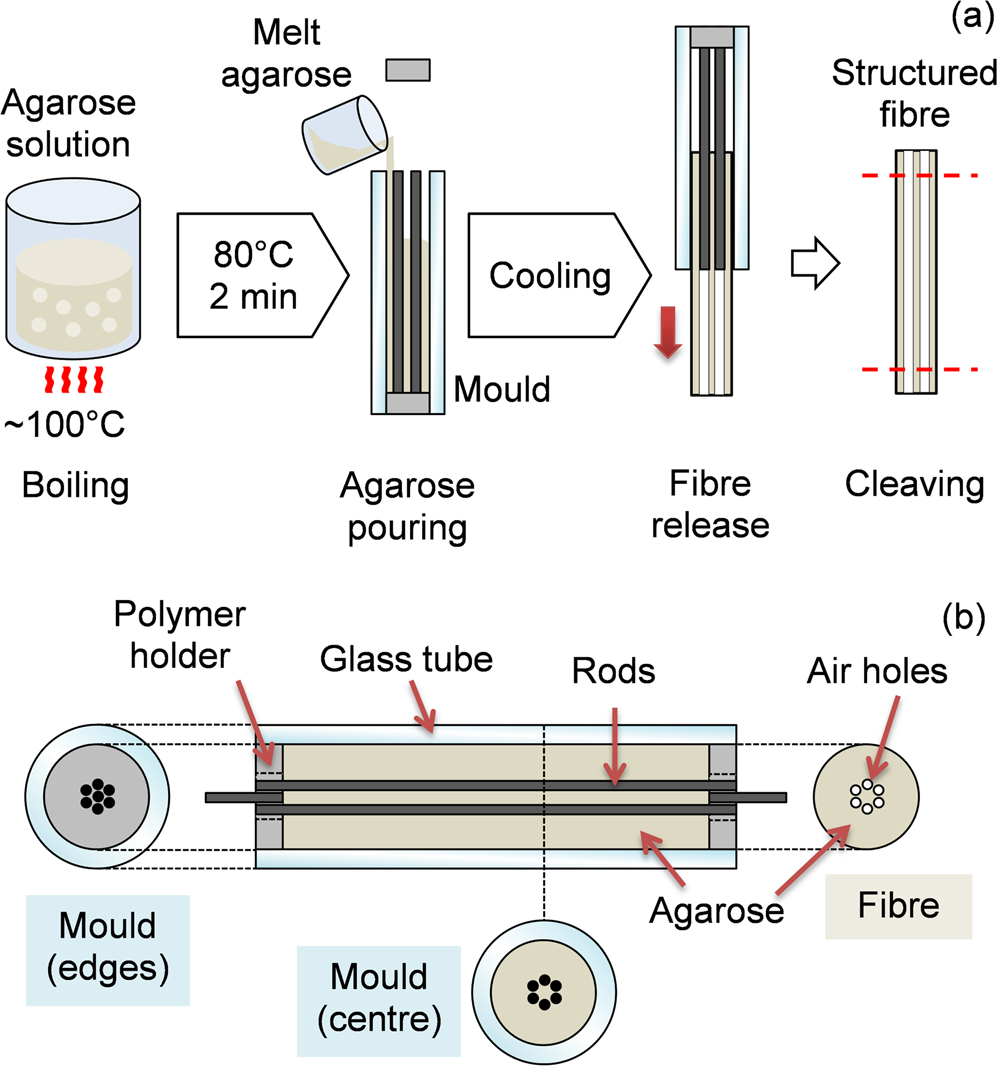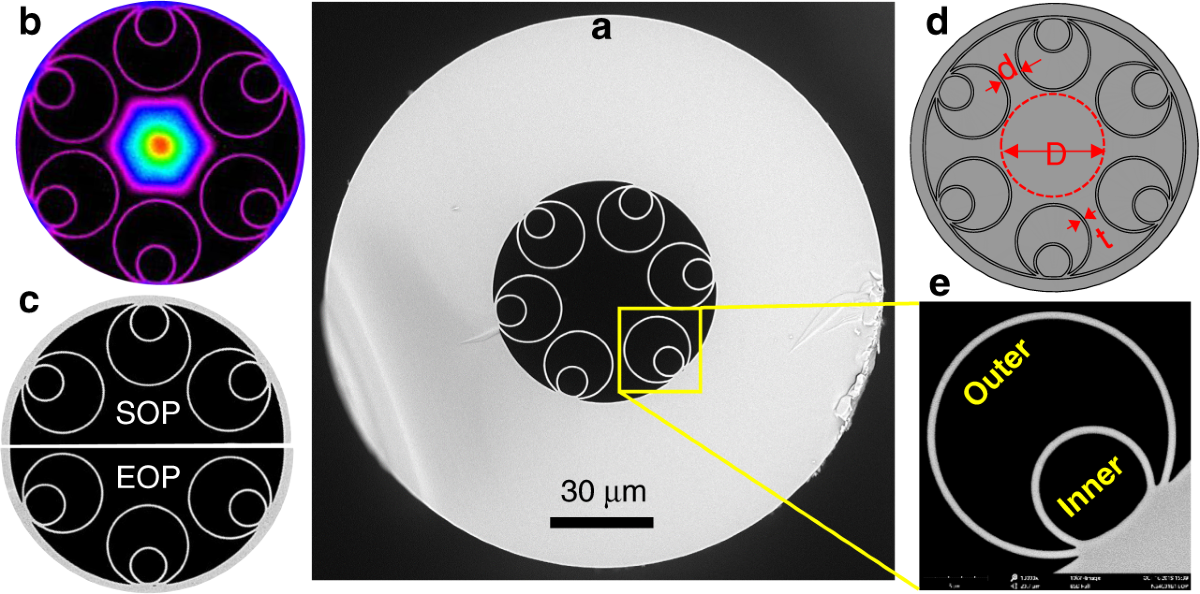Maximize Your Fibre Optic Efficiency: Recognizing Optical Fiber Size Analyser Innovation
The efficiency of fibre optic systems is seriously affected by the accuracy of their diameter, an aspect typically neglected in the search of ideal signal integrity. Comprehending the modern technology behind optical fiber diameter analysers exposes the complex equilibrium between measurement precision and production top quality.
Significance of Optical Fiber Diameter
The diameter of optical fiber plays an essential function in establishing the efficiency and performance of interaction systems. It affects numerous essential specifications, consisting of the setting of light propagation, attenuation, and data transfer capability. Bigger sizes usually enable numerous light settings, assisting in greater data transmission prices. Conversely, smaller sizes often tend to support fewer modes, which can enhance signal clearness and lower crosstalk.

Furthermore, recognizing the size's effects can lead to cost savings by decreasing the demand for signal amplification and repeaters in substantial networks (optical fibre diameter analyser). Finally, the significance of optical fibre size can not be overemphasized, as it straight impacts the general efficiency and dependability of contemporary interaction systems

Exactly How Diameter Affects Signal Quality
Signal quality in optical fiber systems pivots dramatically on the diameter of the fiber. A smaller sized diameter can lead to greater depletion rates, resulting in signal loss as light journeys through the fibre.
Alternatively, larger diameters normally allow for enhanced light capture and decreased modal diffusion, improving signal quality. In multimode fibers, a bigger core size can support several light modes, yet it may likewise introduce intermodal dispersion, which can degrade signal high quality. As a result, picking the optimal fibre diameter is crucial for achieving the preferred efficiency in specific applications.
Additionally, the communication between the fiber size and the wavelength of the light made use of plays a crucial role in figuring out the reliable transmission distance and overall signal stability. As such, comprehending how fibre size impacts signal quality is essential for network developers and designers making every effort to optimize optical fiber systems for reputable, high-speed data transmission.
Introduction of Size Analyser Innovation
In several optical fiber manufacturing procedures, exact dimension of fibre size is important for making sure constant efficiency and high quality (optical fibre diameter analyser). Size analysers are advanced instruments created to examine the physical measurements of optical fibres with high precision. They employ innovative optical and laser innovations to determine the size, ovality, and concentricity of the fibre, therefore providing critical information for quality assurance
These analysers can run in-line throughout the production procedure or as component of off-line testing methods. In-line systems allow real-time surveillance, enabling suppliers to adjust specifications immediately, thus maintaining optimal production problems. Off-line analysers, on the other hand, supply extensive evaluations of batches, ensuring that any deviations from defined tolerances are determined and dealt with.
Diameter analysers considerably contribute to the reduction of flaws in optical fibres, enhancing total item integrity. By continually determining crucial parameters, these modern technologies facilitate compliance with sector standards and specs. As the demand for high-performance optical fibres remains to increase, the role of diameter analysers becomes progressively important in accomplishing the desired top quality and performance requirements in fiber optic systems.
Secret Functions of Fibre Size Analysers
Although different designs of fibre size analysers exist, they generally share several crucial features that improve their capability and dependability. One of the most substantial features is high-resolution dimension capabilities, which ensure exact size analyses, essential for preserving quality assurance in fibre production. In addition, several analysers incorporate innovative optical sensors made to find minute variants in fibre size, thus offering very useful data for procedure optimization.
One more important function is real-time surveillance, permitting drivers to get instant feedback on fiber diameter throughout the production process (optical fibre diameter analyser). This capability assists in fast modifications and decreases the chance of issues. Many analysers also come outfitted with user-friendly user interfaces, enabling drivers to easily browse through information and setups outcomes
In addition, robust information storage space and evaluation functionalities are necessary for tracking historical performance trends and making certain compliance with industry requirements. Some versions also provide connection choices for integration into existing production control systems, improving total functional effectiveness. Portable and mobile designs allow for flexible deployment within production environments, guaranteeing that quality guarantee processes are smooth and efficient. These functions collectively add to the effectiveness of fiber size analysers in optimizing fiber optic performance.
Best Practices for Fiber Optimization

First, normal calibration of optical fiber diameter analysers is crucial. This ensures exact measurements useful link and decreases prospective disparities that can influence efficiency. Next, maintaining a tidy working setting is essential; dust and contaminants can result in indicate degradation.
In addition, it is essential to choose fibres that meet details application demands. This entails assessing factors such as attenuation, bandwidth, and environmental problems. Proper setup strategies must additionally be complied with, consisting of staying clear of sharp bends and excessive stress, which can endanger fiber integrity.
Additionally, employing innovative surveillance systems can assist in real-time efficiency assessments, making it possible for punctual recognition of concerns. Routine screening and upkeep ought to be performed to make certain that fibres stay within optimal operational specifications.
Finally, training employees on the most recent fibre optimization innovations and approaches will certainly boost their capacity to execute effective strategies. By adhering visite site to these ideal methods, organizations can dramatically improve the efficiency and life expectancy of their optical fiber systems, making sure efficient interaction and data transfer.
Verdict
In verdict, the assimilation of optical fiber size analyser innovation is important for taking full advantage of fibre optic efficiency. By making certain accurate dimensions of fibre dimensions, these analysers significantly boost signal quality and lower losses during information transmission.
Signal high quality in optical fibre systems pivots substantially on the size of the fiber.In many optical fibre manufacturing processes, exact dimension of fibre diameter is essential for guaranteeing regular performance and high quality. As the demand for high-performance optical fibers proceeds to climb, the role of diameter analysers comes to be increasingly vital in accomplishing read this the preferred high quality and efficiency criteria in fibre optic systems.
These functions jointly contribute to the effectiveness of fibre size analysers in enhancing fiber optic performance.
In conclusion, the combination of optical fiber diameter analyser innovation is critical for optimizing fiber optic performance.